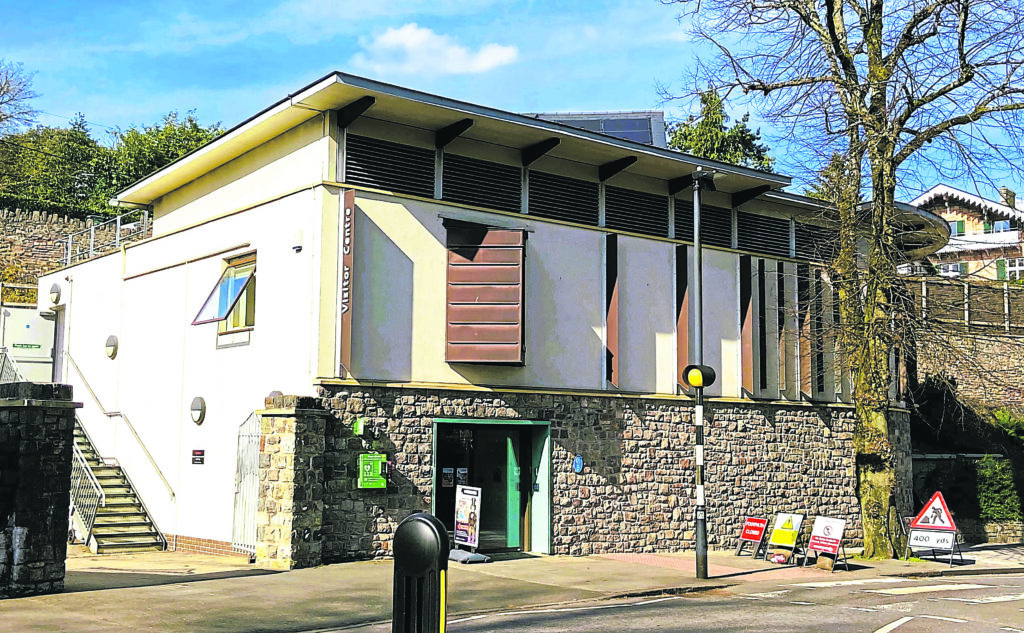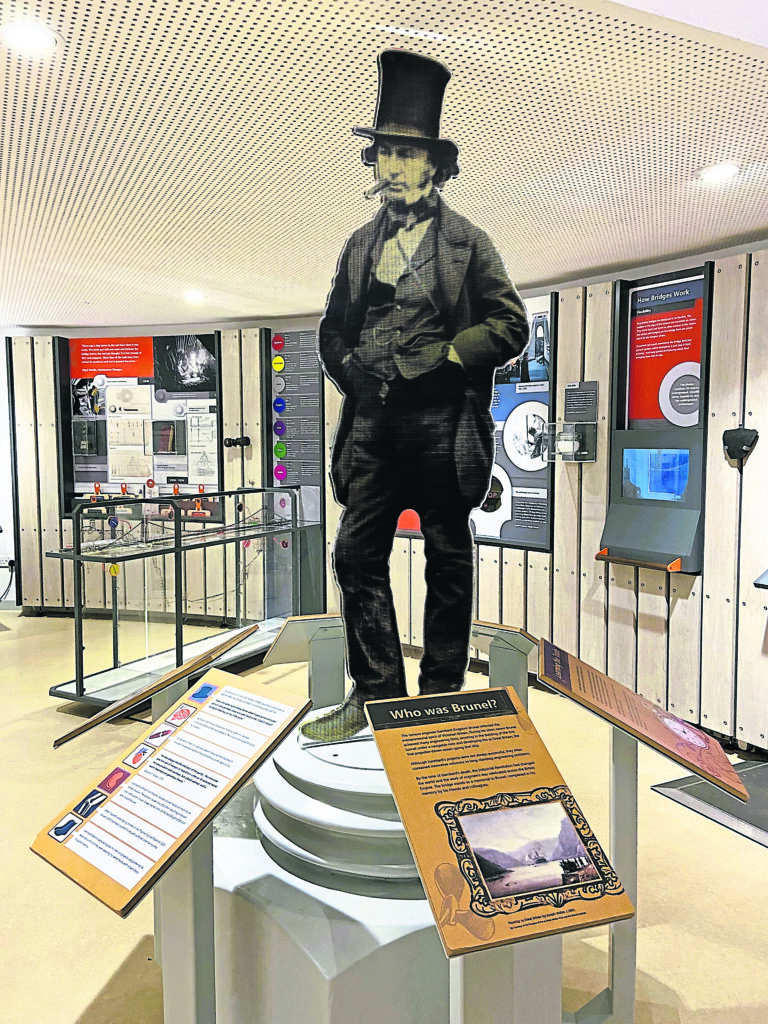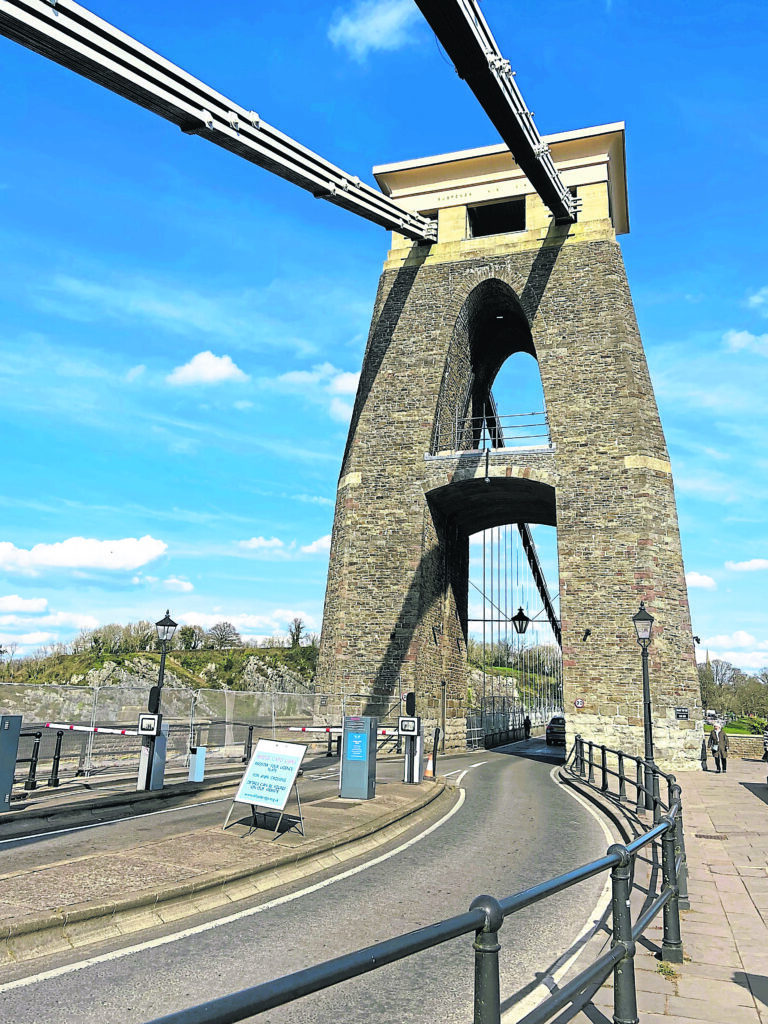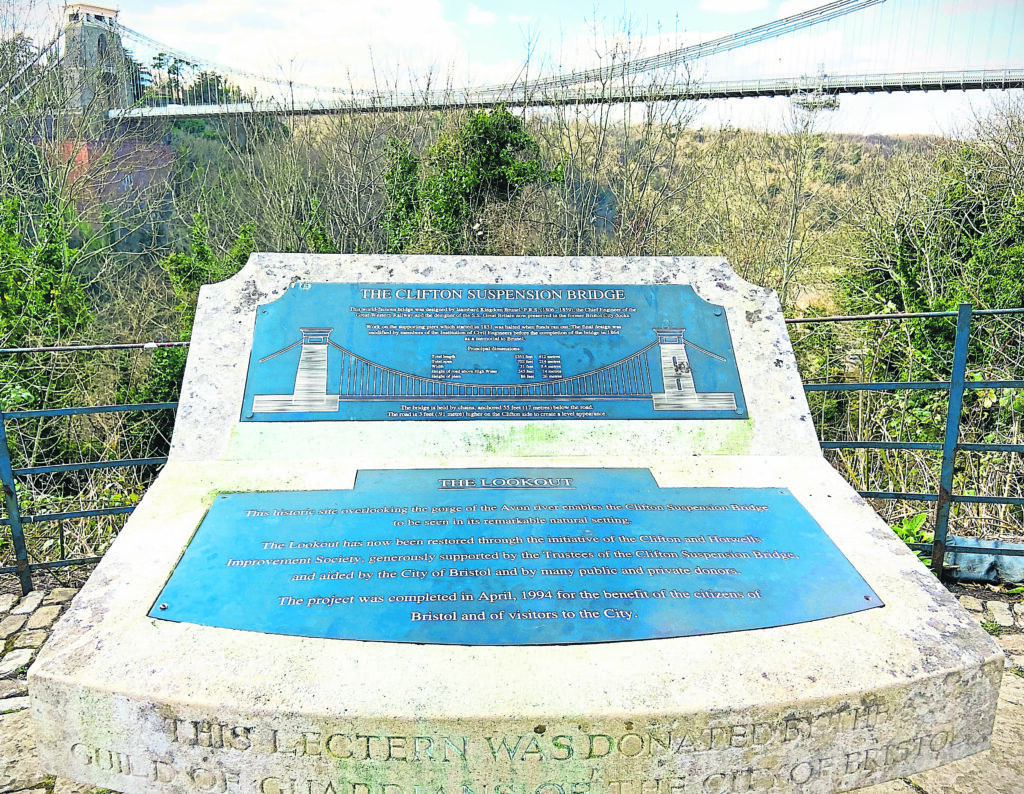Nicola Lisle visits the Clifton Suspension Bridge Museum to discover the fascinating story behind Isambard Kingdom Brunel’s iconic masterpiece.
Officially opened just over 160 years ago, on December 8, 1864, the Clifton Suspension Bridge was one of Brunel’s final projects, completed five years after his death and standing as a lasting tribute to his engineering genius.

AN INSTANT scene-stealer, this elegant structure commands the attention as it sweeps majestically across the Avon gorge, providing a vital river crossing between Bristol and Somerset. In an ITV broadcast in March 1956, John Betjeman likened the bridge to a ‘gigantic insect’ that stretched ‘delicately across the sky’.
The story of the Clifton Suspension Bridge is brought to life at the museum at Leigh Woods, on the Somerset side of the bridge. The former visitor centre was granted accredited museum status by the Arts Council in October 2024, and features detailed information about the bridge, from original concept and design to construction and ongoing maintenance, as well as interactive displays, old photographs, film footage and objects of interest.

Although Brunel rightly gets the credit for the bridge, it was actually Bristol wine merchant William Vick who first mooted the idea of a bridge across the Avon at Clifton, the narrowest part of the gorge, in the mid-18th century. At the time, there were only two ways of crossing the River Avon in Bristol – Bristol Bridge in the city centre and the Rownham Ferry at Hotwells spa. With both bridge and ferry struggling to cope with increasing volumes of traffic, Vick’s proposed bridge would, he felt, be ‘a great publick utility’.
When Vick died in 1754, he left £1000 in his will to the Society of Merchant Venturers, with instructions to invest the money and use it to build a new bridge once it reached £10,000. Inspired by the building of an iron chain suspension bridge at Berwick-upon-Tweed – the first vehicle bridge of its kind in Europe – a committee was established in 1829 to resurrect and develop Vick’s early plans, despite the investment at the time only standing at £8000.

An application to Parliament to amend the terms of Vick’s will from a toll-free stone bridge to an iron toll bridge was approved in May 1830. Fundraising for the bridge began, with investors to be reimbursed from toll income. On October 1, 1829, a competition invited the submission designs for ‘an iron suspension bridge at Clifton Down’, intended to be the longest and highest suspension bridge in the world.
Among the 22 entries received were four designs from a 23-year-old Isambard Kingdom Brunel. Renowned engineer Thomas Telford was invited to advise the committee on the entries, and he dismissed Brunel’s designs as they ‘would certainly tumble down in a high wind’. A second competition announced in October 1830 saw Brunel prevail, and he was appointed project engineer.
Work began on the new bridge in June 1831, with investor Sir Abraham Elton of Clevedon Court declaring that it would be ‘the ornament of Bristol and the wonder of the age’.

Just four months later, though, work ceased after an outbreak of rioting in the town saw investors panicking and withdrawing funding. It was four years before work resumed, and even then the project was constantly hampered by financial constraints and structural problems. The bridge was finally completed in 1864 – too late, sadly, for Brunel, who died in 1859 and never saw the completion of what was arguably one of his finest achievements.
The Brunel display is one of the highlights of the museum, featuring a model of the man himself as well as information about his early life, his training as an engineer, how he learnt his trade and his many achievements. The museum also offers include heritage tours of the bridge and tours of the underground vaults. Walking across the bridge, of course, is a must, both to experience the bridge itself and to enjoy the spectacular views of the Avon gorge below.
A two-year refurbishment project is currently under way to restore the wrought-iron chains and metalwork, apply modern protective paint and install a modern architectural lighting system. You can find out more from an information board on the bridge as well as on the official website (see below).
Visitor information:
Clifton Suspension Bridge and Museum
Bridge Road, Leigh Woods, Bristol BS8 3PA
Open: Daily, 10am-5pm
Admission: Free
On site: Small gift shop
Getting there: No.8 bus from Temple Meads, or a 40-minute walk from the city centre. Some pay and display parking in Clifton



